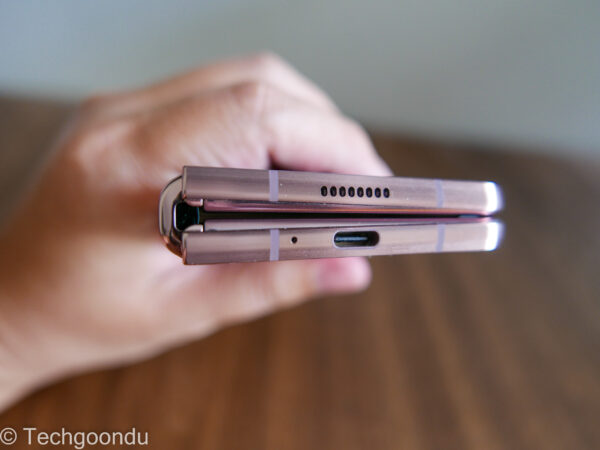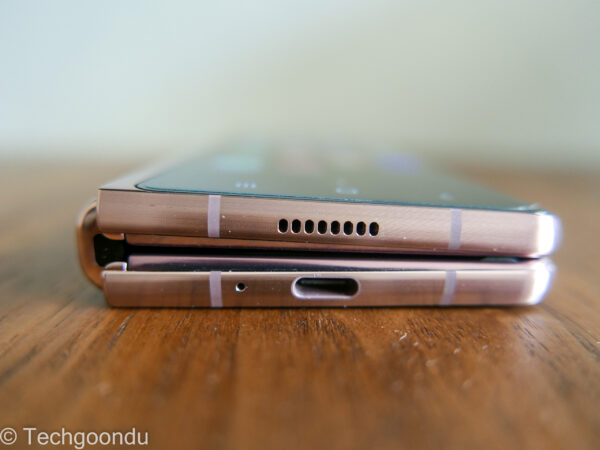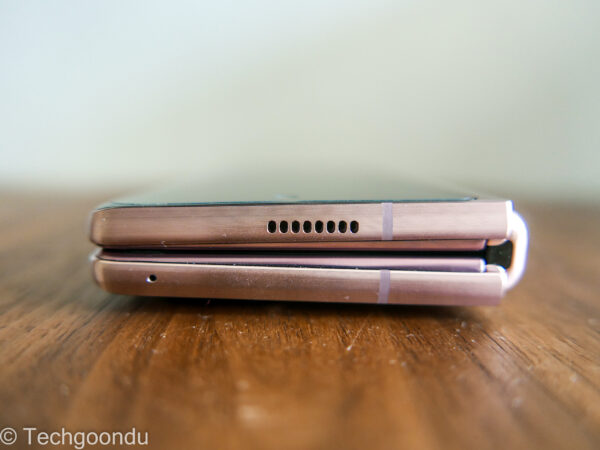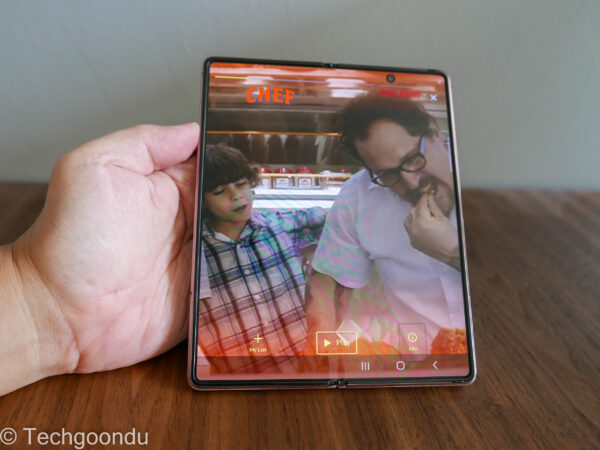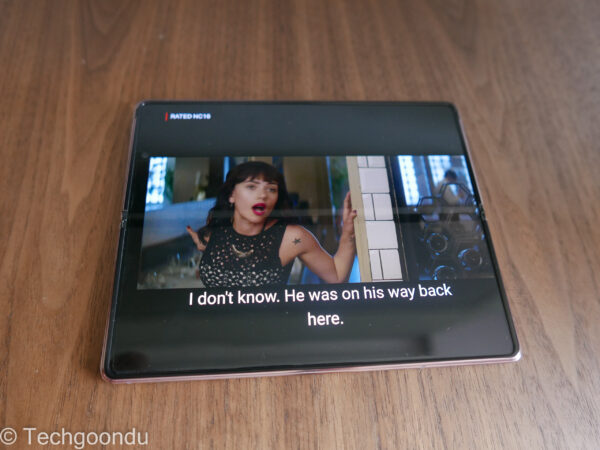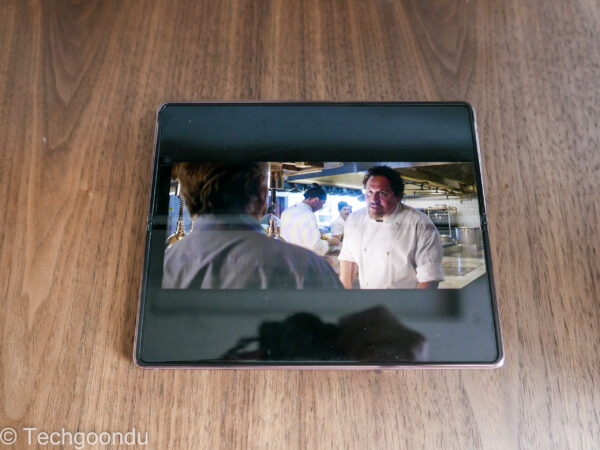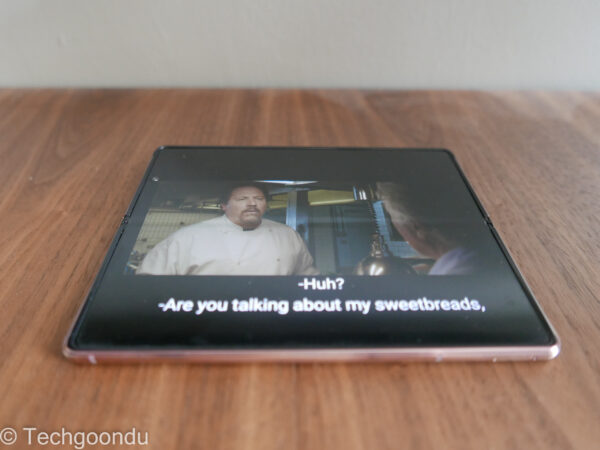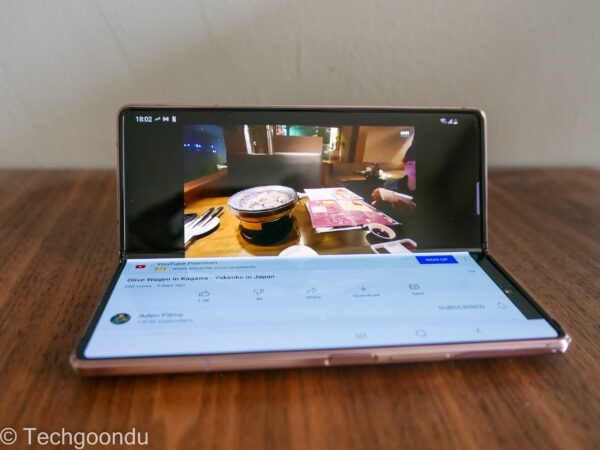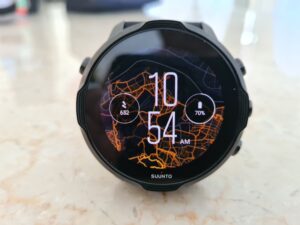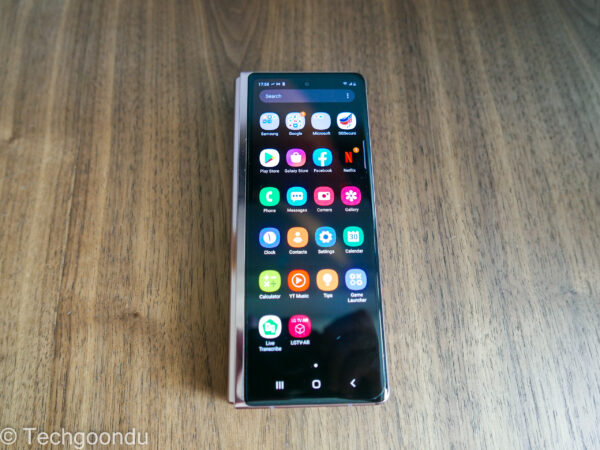
It’s been two years since the first foldable phones captured the imagination of people, but I still get curious looks whenever I pull one out, like the Samsung Galaxy Z Fold2 I’ve been trying out lately.
The latest foldable effort from the Korean manufacturer follows closely the design of the earlier Galaxy Z Fold, but enhances it with some nice touches. Slimmer bezels make the new phone look sleeker, as do pinhole camera cutouts that replace chunky black bars on the screen.
Besides looks, Samsung has improved the size of the main display from 7.3 inches to 7.6 inches. Plus, the new display now sports a 120Hz refresh rate, promising smoother images when you’re playing fast-moving games or movies.
Even the smaller 6.2-inch screen on the outside, which is what you’d use to answer a call or reply a message when the phone is folded, is handy for everyday tasks.
Under the hood, the phone sports a souped-up octa-core processor, 12GB of RAM and 256GB of storage space. Unfortunately, there’s no memory card slot to expand the storage.
Despite the upgrades, however, the Galaxy Z Fold2 isn’t going to be mainstream soon. The S$2,888 price tag has to be a big turnoff, to be sure, but I feel that many users also don’t grasp how handy the foldable screen is for everyday tasks.
To be sure, this is a bulky 282-gram phone to carry around. It won’t be fitting nicely in your trouser pocket unless you’re wearing pants that fit loosely. The three-lens camera array at the back also looks a bit unwieldy.
Yet, the book-like foldable design is pretty useful and does work as advertised. You get it soon after you get your hands on the Galaxy Z Fold2, because it’s clear how the larger screen enhances some common experiences.
The most obvious is when you need to zoom in to some details on a document or webpage. Think of a PDF file or Excel file that has lots of numbers in it, or a webpage that would might have needed a lot more scrolling on a smaller screen.
When I tried out the Galaxy Z Fold earlier, I forgot all about my 10-inch tablet during my tests. This time, I also reached out to the Galaxy Z Fold2 whenever I wanted a quick glimpse of a document in more detail than on my Galaxy S20+.
To be sure, most apps are still yet to make full use of the flexibility of the foldable screen, which can be set up in any angle you like.
YouTube is one that does okay, by showing the video at the top of the fold, with the comments at the bottom. More compelling, perhaps, is a Google video call, which shows faces at the top and controls such as volume and camera at the bottom.
Other apps, such as Netflix, make good use of the larger screen when you are in preview mode but forces you to turn the phone around when a video starts playing. And no, it doesn’t fill the squarish screen because videos are usually shot in a longer, rectangular format.
I still like the added real estate and better grip, of course, when watching videos on the foldable phone. The Dynamic AMOLED 2X main screen with a 2,208 x 1,768 is vibrant enough to watch a Netflix show on. Not for bingeing, but quick catchups are great.
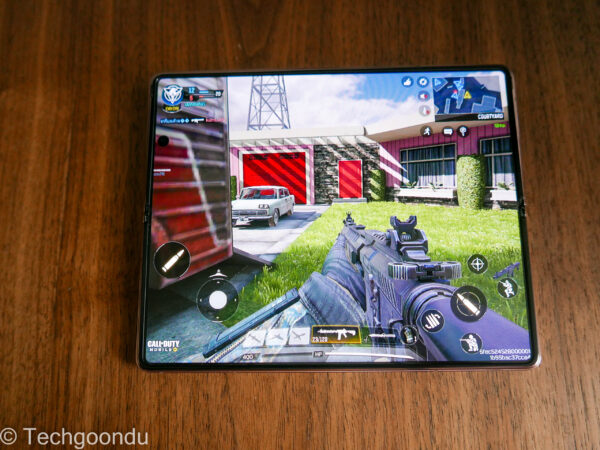
The relatively large screen is also great for games. I fired up a mobile version of Call of Duty and probably had an unfair advantage against other players trying to move and aim on a smaller screen.
Speaking of that, the Samsung phone has no issues loading the game quickly. The graphics on the first-person shooter is also top notch, as far as mobile games go.
Another thing that has changed in the new foldable phone is the main camera array. A rather chunky block now sticks out like a fat brick stuck onto at the back.
If you feel that Samsung’s foldable design always looks a bit ungainly when you look at it from the side, then you won’t be happy how awkwardly the new phone’s thick camera array makes it sit on a flat surface. It’s just not pretty.
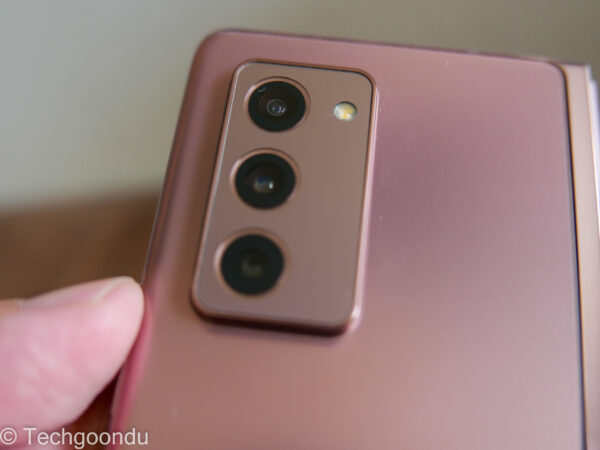
What you do get in return for that compromise are three cameras providing an ultrawide lens, a wide-angle lens and a telephoto lens (2x optical and 10x digital zoom) for a good variety of shots.
I find that the images do seem better than the original foldable Galaxy phone. Though more reliable shots are still best taken on Samsung’s more mainstream Galaxy S20 phones, this foldable phone doesn’t fall that far behind in everyday shots.
There are actually two other cameras – one on the outside screen for selfies and also one inside the large screen, which you will likely use for video calls, for example.
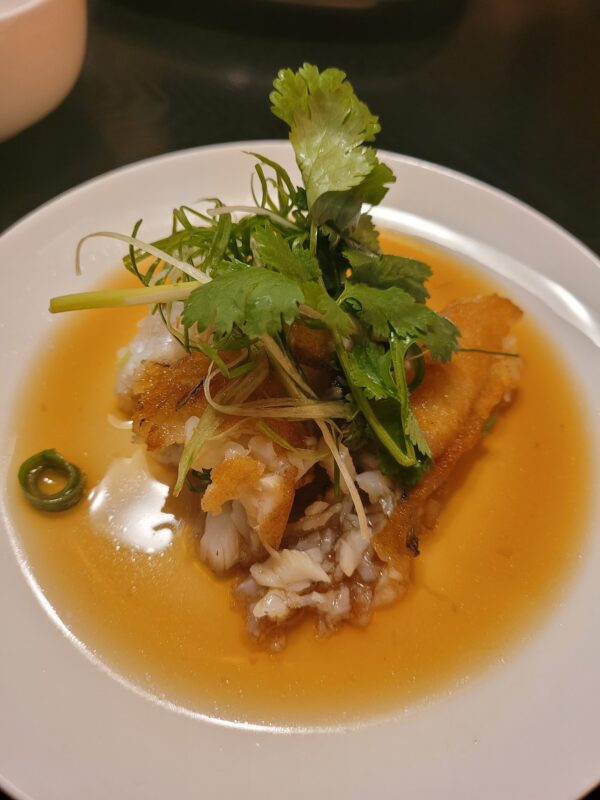
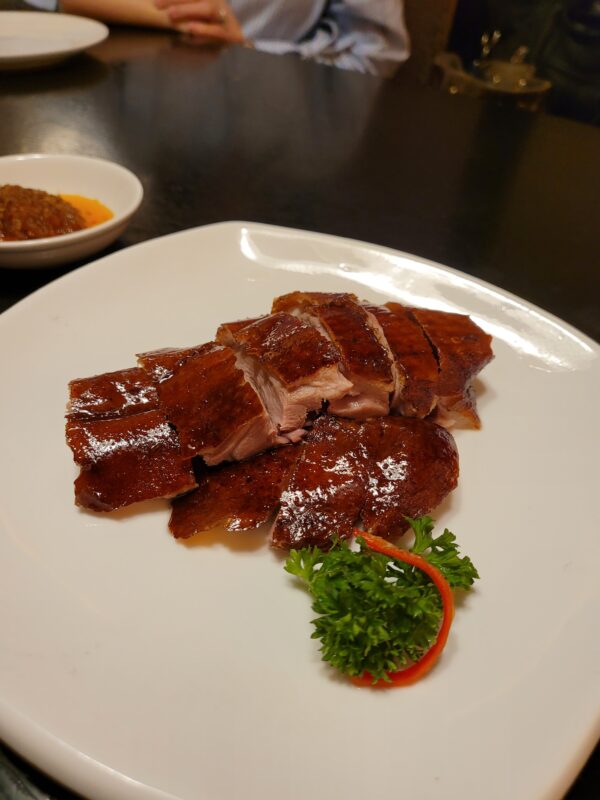
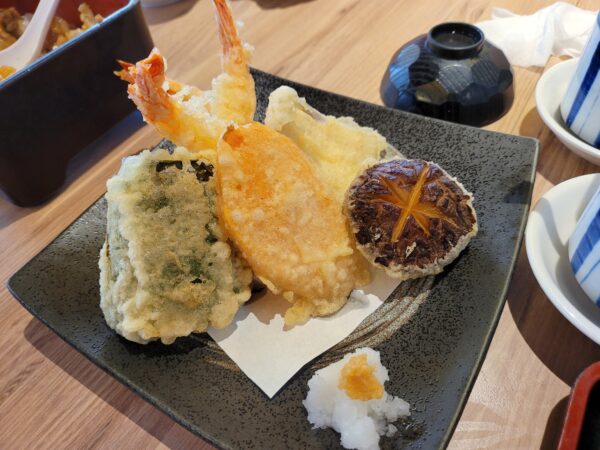
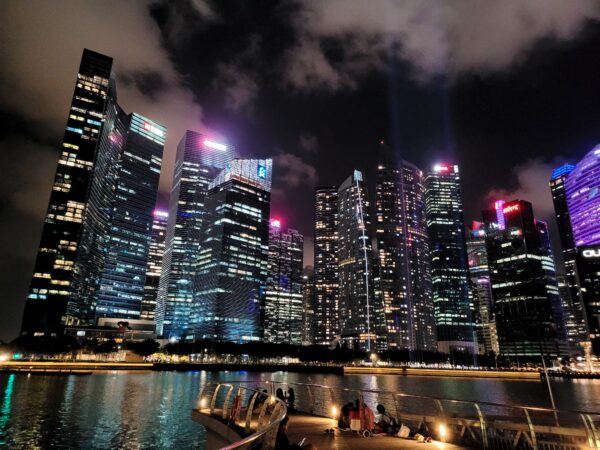
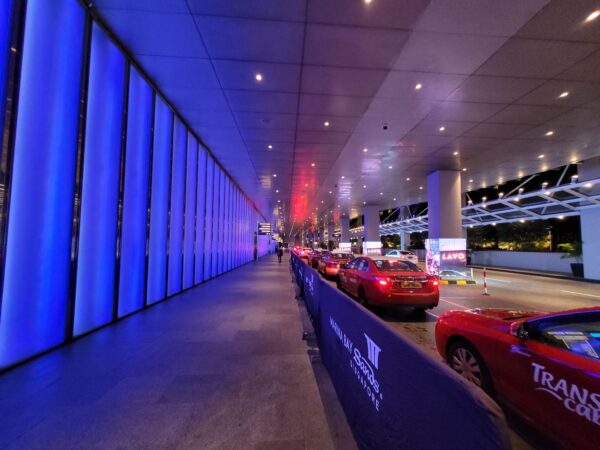
Finally, let’s not forget the battery life. For a two-screen device, you can bet the Galaxy Z Fold2 needs a large battery. Here, you get Samsung’s “dual battery”, essentially one battery on each side of the fold.
The 4,500mAh capacity actually is pretty decent, capable of keeping the Samsung phone going for more than a day on most days. Of course, your mileage might vary if you’re watching shows or playing games on it for long hours at home.
Will I recommend the Galaxy Z Fold2? Well, if you have an extra S$2,888 in the bank, this could be a device that lets you do more on the road for both work and leisure. Its large screen does give you something extra, literally.
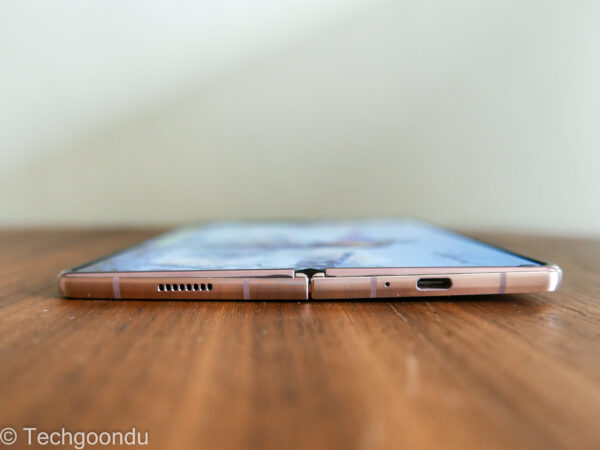
You have to be mindful, though, of the foldable design’s limitations. Unlike many of today’s regular phones, this doesn’t come with water and dust resistance. Plus, you have to contend with the added bulk.
Of course, most people won’t feel even like paying almost S$3,000 for a phone, even if it’s the latest newfangled 5G gizmo. This has been a difficult year after all, and not everyone is ready to splurge this much on a phone that’s best suited to early adopters.
